Four & Twenty Blackbirds
The Caldecott Medal in the 1950's
We're taking a look back at the history of the Caldecott Medal. This series of blogs, titled "Four & Twenty Blackbirds", receives its name from one of the engravings on the actual prize Medal given out for the best children's book illustrations.
Join us now as we enter a decade where Live Comedy was King on (the suddenly ubiquitous) Television Set, Chevrolet was King of the Road and Elvis was just simply, "the King" . . .
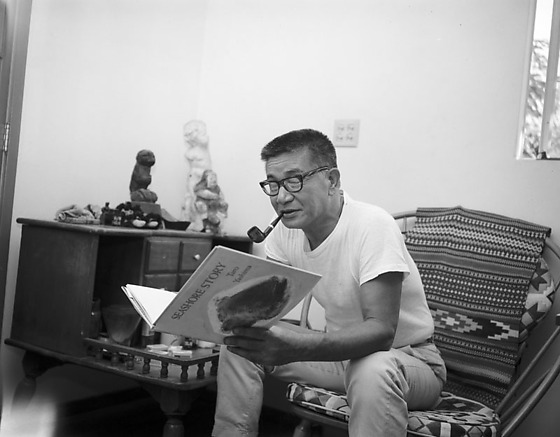
Who: Atsushi Iwamatsu, under the pen name Taro Yashima (born in Nejima, Kimotsuki District, Kagashima, 1908)
Book: Umbrella / Viking Press / 1958
Writer: Yashima

Plot: Momo is a Japanese girl, born in New York City, who desperately wants to bring her umbrella (and new red boots!) to school with her. Momo's mother says she cannot, as it has been a long, dry autumn and there is no need for an umbrella. Momo disagrees and insists the umbrella can still help to shield her from the bright sun and strong wind. Momo's mother still says she cannot bring her umbrella with  her. But one day, the rains come. Will Momo be ready for them?
her. But one day, the rains come. Will Momo be ready for them?
Misc: Umbrella was not Yashima's first recognition from the Caldecott committee and it would not be his last. In addition to the tale of Momo and her umbrella, Crow Boy (1955) was named as an Honor book as well as his later work Seashore Story (1967). There are various reasons why writers/illustrators use pen names, but Yashima had a very specific reason for not going by his birth name of Atsushi Iwamatsu. Yashima and his wife Tomoe had been harassed and briefly imprisoned during the 1930's for their opposition to the increasingly militaristic Japanese government. Yashima, who, after attending the Imperial Art Academy in Tokyo and  achieving a degree of fame in Japan for his cartooning, fled the country with Tomoe in 1939 for the United States. Unfortunately, their son, Mako, had to be left behind. After Pearl Harbor, he joined the U.S. forces during WWII as an artist for the OSS and changed his name to Taro Yashima, fearful of what would happen to his family still in Japan if the Japanese government found out "Atsushi Iwamatsu" was fighting for the Allies instead of against them. Allowed to finally return to Japan and retrieve Mako in 1949, Yashima began to write and illustrate children's books after the war and decided to keep his adopted name for any published work he produced. Umbrella, despite taking place in New York City, was singled out for the strong influence of Yashima's Japanese culture in the illustrations as well as its strong use of color.
achieving a degree of fame in Japan for his cartooning, fled the country with Tomoe in 1939 for the United States. Unfortunately, their son, Mako, had to be left behind. After Pearl Harbor, he joined the U.S. forces during WWII as an artist for the OSS and changed his name to Taro Yashima, fearful of what would happen to his family still in Japan if the Japanese government found out "Atsushi Iwamatsu" was fighting for the Allies instead of against them. Allowed to finally return to Japan and retrieve Mako in 1949, Yashima began to write and illustrate children's books after the war and decided to keep his adopted name for any published work he produced. Umbrella, despite taking place in New York City, was singled out for the strong influence of Yashima's Japanese culture in the illustrations as well as its strong use of color.
 Who: Marcia Brown (born in Rochester, NY, 1918)
Who: Marcia Brown (born in Rochester, NY, 1918)
Book: The Steadfast Tin Soldier / Atheneum Books / 1953
Writer: Hans Christian Andersen (adaptation)
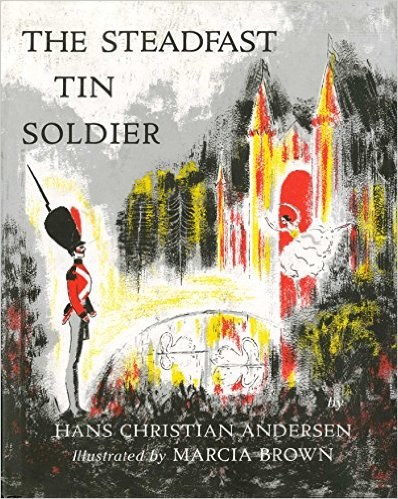
Plot: A one-legged tin soldier falls in love with a beautiful paper ballerina. After being separated from her he faces many trials and tribulations in his quest to return to her, almost never in control of his journey but forced into new directions by the hands of other toys, animals and humans. Will he ever see his ballerina again? Will there be a happy ending?
Misc: Hans Christian Andersen is rightfully known as a magnificent writer of children's classics. Like his contemporaries, the Brothers Grimm, a multitude of his works have been adapted - often in 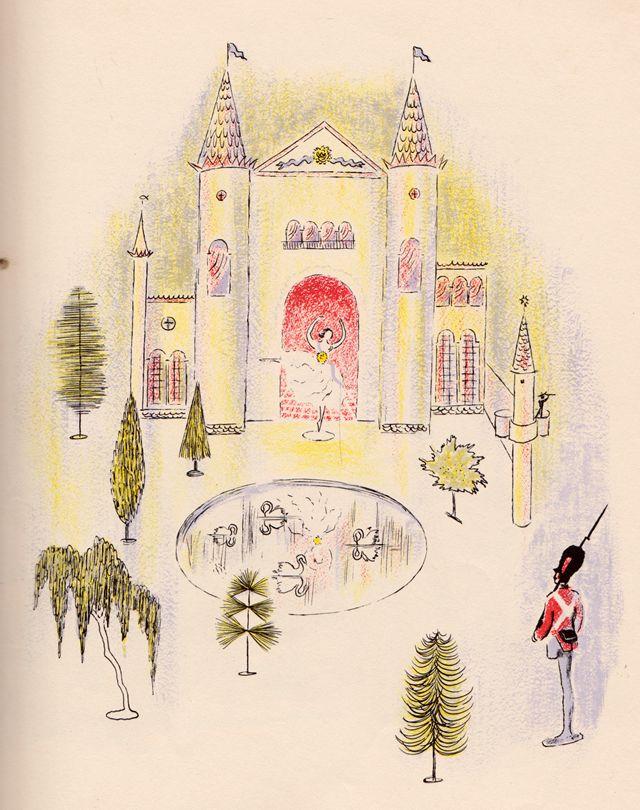 the form of animation - since they were first published almost 200 years ago. Also like the Brothers Grimm, Andersen's tales were often far more bleak, dark and devoid of a happy ending than their Disney-fied versions. To say that a happy ending is not found by the conclusion of the Tin Soldier's story is putting it mildly. The capricious and fiery fate of the Tin Soldier and his true love makes the denouement of The Velveteen Rabbit look like The Three Little Pigs. There's no question that this story might be too emotionally difficult for early grade school children.
the form of animation - since they were first published almost 200 years ago. Also like the Brothers Grimm, Andersen's tales were often far more bleak, dark and devoid of a happy ending than their Disney-fied versions. To say that a happy ending is not found by the conclusion of the Tin Soldier's story is putting it mildly. The capricious and fiery fate of the Tin Soldier and his true love makes the denouement of The Velveteen Rabbit look like The Three Little Pigs. There's no question that this story might be too emotionally difficult for early grade school children.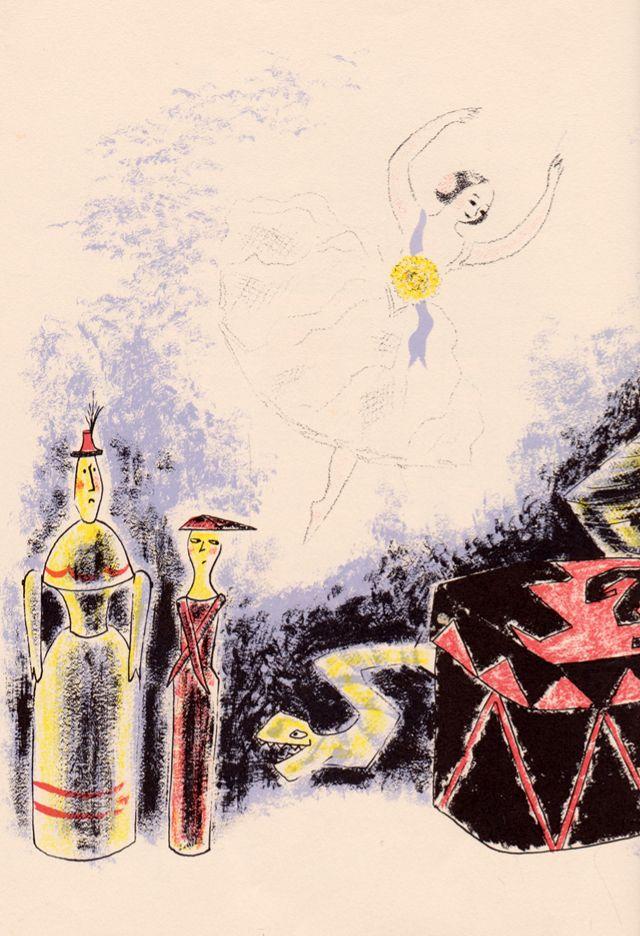 There is no questioning, however, Brown's inclusion as a Caldecott Honor Book for her work depicting the tragic tale of the titular tin soldier. In fact, during the 1950's, Brown dominated the Caldecott awards in a way no illustrator had done before or since. From 1948's Stone Soup through 1983's Shadow, Marcia Brown, and her unmistakable line work, were recognized by the committee nine times. The Steadfast Tin Soldier was the sixth book of Brown's to receive the Caldecott honor, with her next three books that were recognized all walking away with the Caldecott Medal. Brown, a clear holder of several Caldecott records, also lays claim to the m
There is no questioning, however, Brown's inclusion as a Caldecott Honor Book for her work depicting the tragic tale of the titular tin soldier. In fact, during the 1950's, Brown dominated the Caldecott awards in a way no illustrator had done before or since. From 1948's Stone Soup through 1983's Shadow, Marcia Brown, and her unmistakable line work, were recognized by the committee nine times. The Steadfast Tin Soldier was the sixth book of Brown's to receive the Caldecott honor, with her next three books that were recognized all walking away with the Caldecott Medal. Brown, a clear holder of several Caldecott records, also lays claim to the m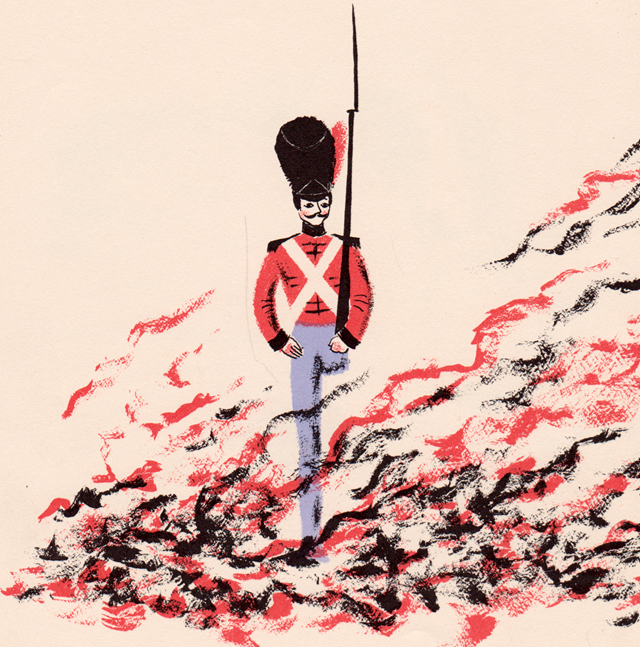 ost Caldecott recognition in consecutive years, with one of her works selected for six straight years in a row from 1950 through 1955. Any conversation concerning the Caldecott Medal during the mid-20th Century - or in its entire history - is not complete without an understanding of Marcia Brown's incredible artwork. More than Seuss, more than Sendak, more than McCloskey - Marcia Brown is truly the King, ahem, Queen of the Caldecotts.
ost Caldecott recognition in consecutive years, with one of her works selected for six straight years in a row from 1950 through 1955. Any conversation concerning the Caldecott Medal during the mid-20th Century - or in its entire history - is not complete without an understanding of Marcia Brown's incredible artwork. More than Seuss, more than Sendak, more than McCloskey - Marcia Brown is truly the King, ahem, Queen of the Caldecotts.
